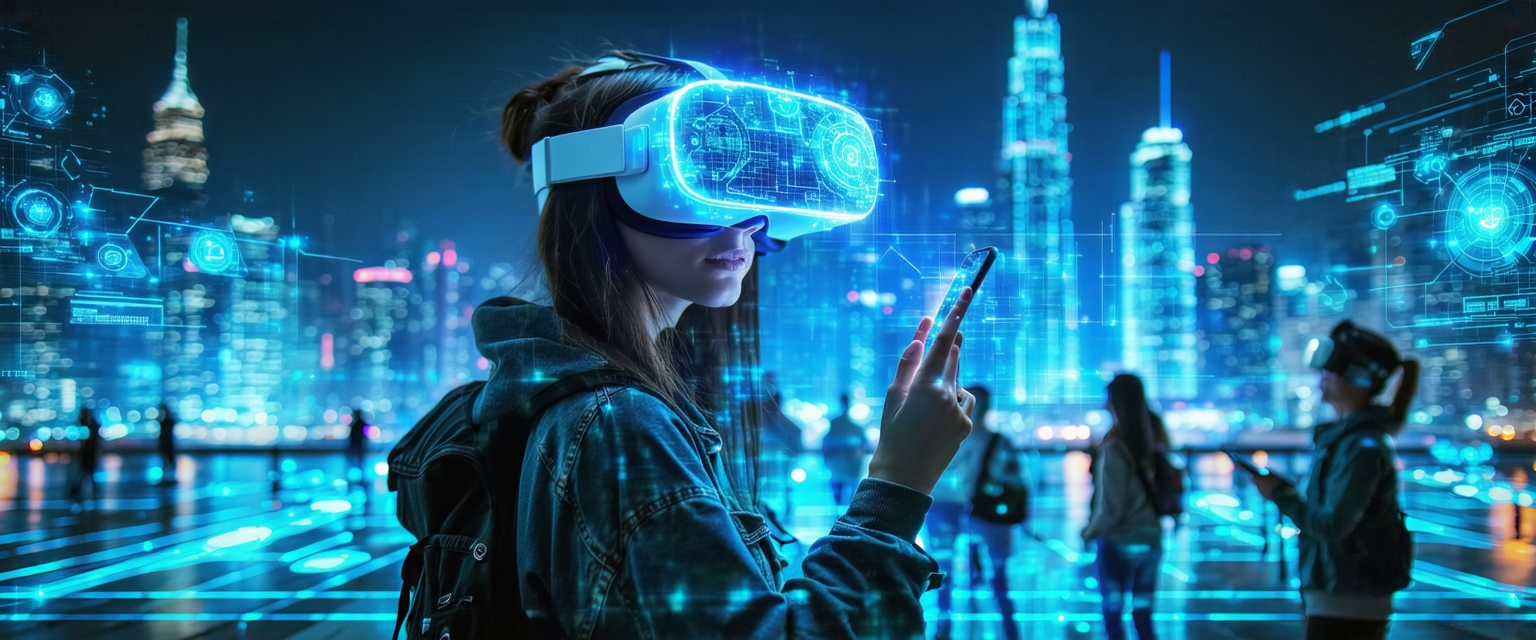






Virtual Reality (VR) and Augmented Reality (AR) technologies, once relegated to science fiction, are rapidly transforming how we interact with the digital world and our physical environment. Their evolution, driven by advancements in computing power, display technology, and sensor integration, has opened up unprecedented opportunities across various sectors. This feature analyzes the current state of VR/AR, exploring recent developments, expert opinions, and the future trajectory of these immersive technologies.
The conceptual foundations of VR and AR date back to the mid-20th century. Early iterations were limited by technological constraints. However, breakthroughs in areas such as processing power, miniaturization of components, and advancements in display technologies— particularly high-resolution displays and improved tracking systems— have propelled VR/AR into the mainstream.
The development of sophisticated head-mounted displays (HMDs) with improved ergonomics and lower latency has significantly enhanced the user experience. Similarly, the proliferation of smartphones with powerful processors and advanced cameras has made AR applications increasingly accessible to a wider audience.
Recent breakthroughs include advancements in haptic feedback, allowing users to feel sensations within the virtual environment. This enhances immersion and realism, particularly important for applications in gaming, training, and rehabilitation. Improvements in eye and hand tracking are also refining the interaction between users and virtual content.
The metaverse concept, a persistent, shared, 3D virtual world, is driving significant investment and innovation in both VR and AR. Companies are developing platforms and applications to create immersive experiences for social interaction, entertainment, and even work collaboration.
According to a report by IDC (International Data Corporation), the worldwide spending on VR and AR is projected to reach hundreds of billions of dollars in the coming years. This growth is fueled by increasing adoption across various industries, including healthcare, education, and manufacturing. “The metaverse and related technologies are poised to be transformative,” states an analyst at IDC (Source: IDC Worldwide Semiannual Augmented and Virtual Reality Spending Guide, 2023).
Industry experts predict that the convergence of VR and AR will lead to even more compelling and useful mixed-reality experiences. This will further accelerate the adoption of these technologies in various fields. The potential for immersive remote collaboration and training is particularly noteworthy.
While the potential benefits are immense, challenges remain. These include the cost of hardware and software, potential health concerns related to prolonged use (e.g., eye strain, motion sickness), and the need for robust cybersecurity measures to protect user data in increasingly interconnected virtual environments.
Opportunities abound in areas such as education (immersive learning experiences), healthcare (surgical simulation, therapy), and entertainment (gaming, virtual tourism). Future development will likely focus on improving user comfort, developing more sophisticated haptic feedback, and advancing artificial intelligence (AI) for more realistic and adaptive virtual experiences.
“`